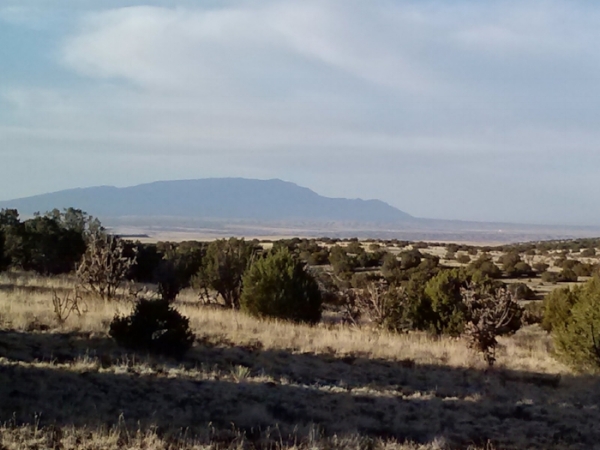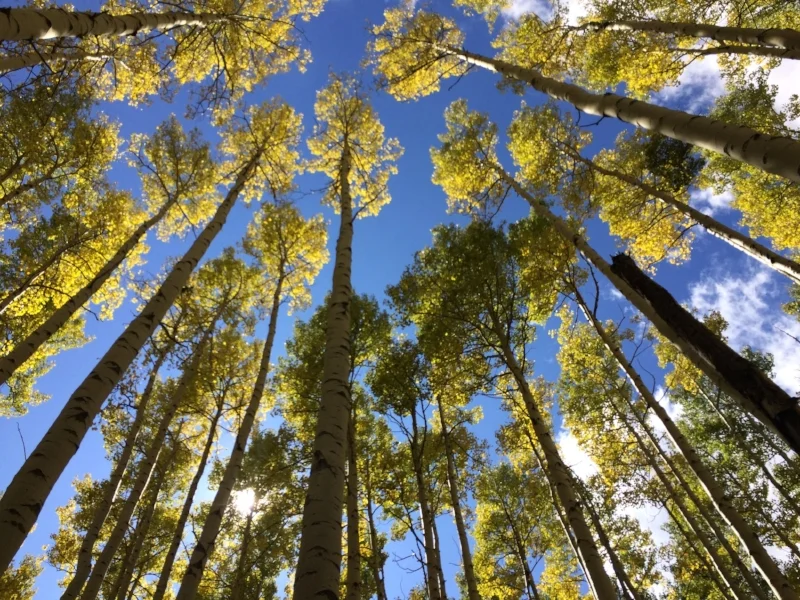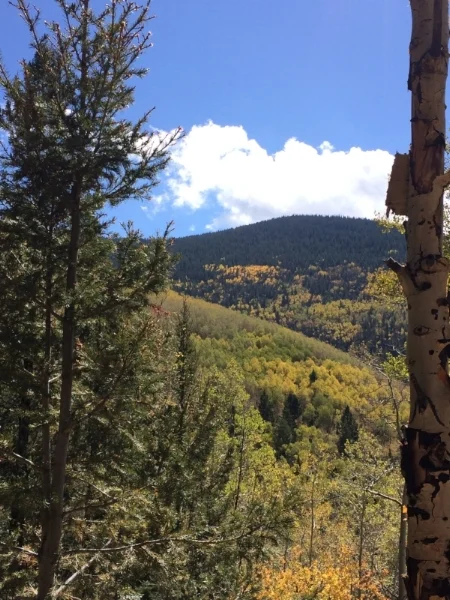Treating Everyday as a Ceremony by Michelle Katz
I often find that I am asking myself, “how do I live this practice?”
Life are busy. And since I am not at the point where Oaks Counsel and nature-based healing provides for my living, I have to find a way to invite this practice in-between working a full-time job, starting a new business, caring for loved ones and staying connecting to community, all while managing all of life’s daily demands and responsibilities. And when depression, anxiety, shame, grief or illness come, (and we fall short on the happiness standard of our culture), when it’s hard to get out of Bed-Island, let alone manage to do all those other things, then, I truly ask, how I can embody this practice?
The answer falls to 2 small things:
1.) Recall and refer to the medicine wheel of human nature, and
2.) Go outside
The medicine wheel of Human Nature, voices the story of my nature, that within me is every direction of being and it’s not always a positive experience. I remember that there are phases and times of life that are dark and worrisome and that these are times worth living and feeling the experience of, for they inform our purpose and our sense of who we are. Through this consult, I remember that I, and all humans, are constantly changing and moving around the wheel and that one element offers healing to another, and round and round we go. These feelings are not to be escaped. They are to be embraced. And in this I can feel validated in my authentic experiences.
As someone who struggles constantly with depression, I wish to mention that so often, we believe it to be an experience of utter sadness. However, this does not feel accurate to me. Sadness somehow suggests a release of emotion, whereas, in my experience, depression feels more so about an inability to emote; emotion is quite literally depressed, pushed down. The very essence of this experience, begs us to look at and answer the deep question of: Who am I? Jim Carrey speaks about this time as needing Deep-rest and a questioning of one's identity. This is a West Shield experience, in the human nature of the medicine wheel. It is where the dark places and a big Rite-Of-Passage calls us. It is a time of deep-rest, a time of going within to find who we are. Consulting the wheel of human nature, helps me find our way to understanding, accepting and into living it.
The second thing: Go outside, can be pretty simple and self-explanatory. There is no question about the research that nature improves our health, both physically and mentally in various respects. I know I can feel a difference in me within just minutes of being in nature, touching a tree, looking at the sky. And even more so, the way that I best embody this nature-based healing practice in my daily life, is to a daily walk with the practice of threshold. That is to say that I create a line in the sand, between two trees or across the rocky boarder of my driveway and I stop in front of it on my daily walks. I pause for a moment, and quietly whisper to myself, naming an intention for my day. When I cross that line, I enter liminal, numinous space, where the named intention carries me forward into the unknown and the birds, leaves, wind, trees, and rock tell me how to live this intention. On my return home, I cross that threshold again, I naming my intention again, and I begin to incorporate that however-many-minute-walk into my life. Throughout the day feeling nature inside of me.
Yes, life is overwhelming, life is busy, states of being or emotion seem to take hold of us at times and finding light or space can feel impossible. But I would love to invite you to practice just these 2 things: Acknowledge you are experiencing your human nature and take the time to be in ceremony with intentional time outside. When you are ready, join Oaks Counsel for one of our programs or nature-based experiences to expand on this experience.

























